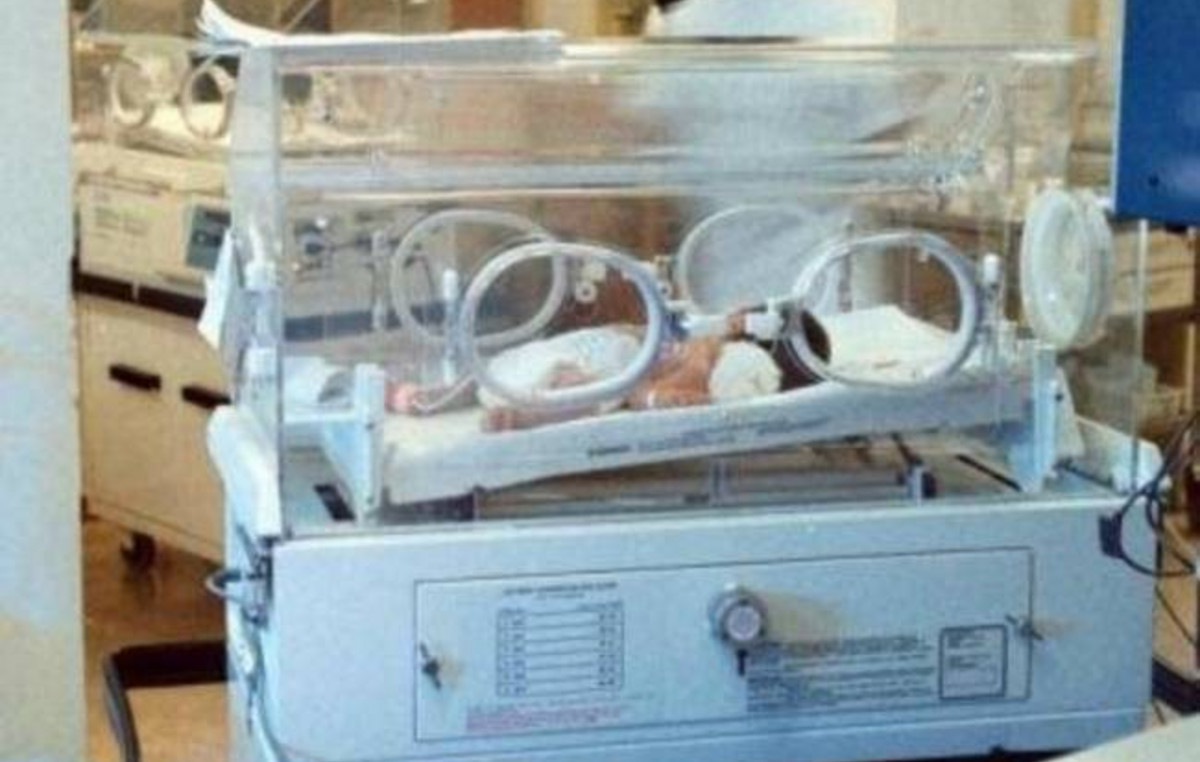South Korea plans to become one of the world’s four biggest arms suppliers, President Yoon Suk Yeol said on Wednesday as he addressed reporters in a speech that marked his first 100 days in office.
“By joining the four largest arms exporters in the world after the United States, Russia and France, the arms industry [sul-coreana] will become a strategic industrialization and defense power,” Yoon said at the presidential office.
In 2021, South Korea ranked 10th in the world for arms exports, according to the Stockholm International Peace Research Institute (SIPRI).
With arms exports valued at US$566 million, according to SIPRI’s unique monitoring system, Seoul was just behind last year’s fourth-largest exporter, Italy, which sold weapons worth US$1.7 billion.
For comparison, US arms transfers were estimated at $10.6 billion.
South Korea has already taken steps to achieve its four main ambitions. Late last month, it signed its biggest-ever weapons deal to supply Poland with nearly 1,000 K2 tanks, more than 600 artillery pieces and dozens of fighter jets.
In February, it struck a $1.7 billion deal with Egypt to supply self-propelled K9 howitzers and support vehicles. Late last year, South Korea struck another big deal to supply Australia with K9s.
If South Korea meets Yoon’s target, it will overtake not only Italy, but regional power China, as well as Germany, Spain, Israel and the United Kingdom, according to the SIPRI ranking.
“I think this is a very ambitious goal,” said Chun In-Bum, a retired South Korean general turned military analyst. “South Korea and its arms industry need to work hard,” he said.
“Major League Defence”
Yoon is largely building on initiatives started by his predecessor Moon Jae-in, whom he succeeded in May.
Eunwoo Lee, a former translator for the South Korean Ministry of Defense, in an article in “The Diplomat” published in March, said that Moon “changed the topography of the country’s armed forces” by increasing its defense budgets by about 7% per year. year.
At a war display near Seoul last October, Moon vowed to innovate “in line with the changing security environment and technological progress.”
Investments initiated by Moon are bearing fruit, analysts say.
For the online journal War on the Rocks, researchers Peter Lee and Tom Corben, from the Center for US Studies at the University of Sydney, said this week that sales such as tanks and warplanes to Poland and howitzers to Australia once framed Seoul in the “major league defence” with what they called a “K-arsenal”.
Seoul’s military equipment provides a cheaper but extremely capable alternative to Washington’s weapons systems and this is something the US should embrace, according to the University of Sydney researchers. These systems include the KF-21 fighter.
The local supersonic fighter, which had its first successful test flight in July, is expected to provide a boost of about $18.3 billion to the South Korean arms industry, Yoon said on Wednesday.
budget maintainer
For buyers, South Korean weapons could be a way to stretch defense budgets.
South Korean K2 tanks, for example, are comparable to expensive top-tier main battle tanks like the American M1A2 Abrams, said Chun, a former South Korean general.
Poland announced earlier this year that it would buy 250 Abrams, but US production lines are limited and US military needs come first. Buying nearly 1,000 Korean K2 allows Warsaw to acquire significant numbers faster than new US-made tanks, analysts say.
That’s good news for US interests, even if US defense companies aren’t making a profit, they say.
“Cast in a strategic light, Seoul’s growing ability and willingness to provide advanced materials to other U.S. allies should be welcomed, particularly as the government [Joe] Biden faces the parallel challenges of providing resources for military strategies in Europe and the Indo-Pacific, while strengthening America’s own industrial warfare capability,” Lee and Corben wrote.
Questions were raised about the actual proximity of Seoul and Washington in relation to the main challenges.
For example, after US-China tensions escalated with US House Speaker Nancy Pelosi’s visit to Taiwan earlier this month, when she visited South Korea next, Yoon did not meet with her in person, opting for a phone call. This led to speculation that South Korea was trying not to upset China.
“Even as doubts remain about the true extent of South Korea’s strategic alignment with the United States, Seoul is managing strategic effects by arming states that face Chinese and Russian coercion,” Lee and Corbin wrote.
Chun said the recently announced sale of tanks to Poland could also bring benefits to the South Korean military.
The K2 tanks in South Korea’s inventory aren’t as capable as the ones the Poles will get because significant improvements — including better defenses — have been made since the K2s were introduced in 2014, he said.
“I hope this is a catalyst for Koreans. We have 2000 tanks, but if you have old tanks, they are worthless. We saw this in Ukraine. We need state-of-the-art tanks to outperform state-of-the-art anti-tank missiles. I hope this situation is a catalyst for that,” Chun said.
Source: CNN Brasil
I’m James Harper, a highly experienced and accomplished news writer for World Stock Market. I have been writing in the Politics section of the website for over five years, providing readers with up-to-date and insightful information about current events in politics. My work is widely read and respected by many industry professionals as well as laymen.







